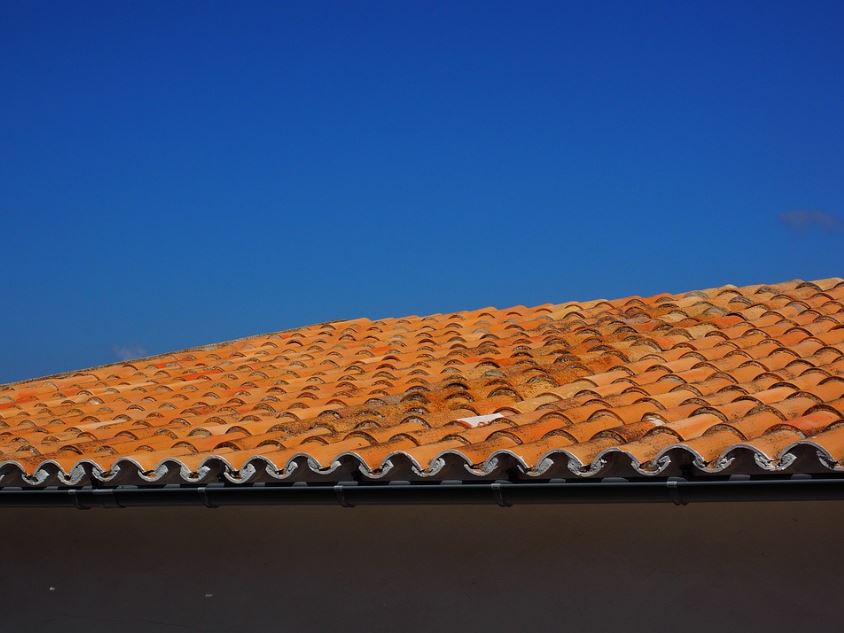Flat Roofs For Home Building Projects: Things To Consider
2016.11.24
If you’re building a house from scratch, or just adding an extension onto your home, then there’s going to be a wide range of decisions you’re going to need to chew over. Sourcing labour and materials alone can be a real hassle, as you’ll always be aiming for the perfect balance between price and quality. Another big decision is going to be the choice between a pitched or flat roof. If you’re considering using a flat roof for your project, here are some of the big factors to consider.

Image from Pixabay
If you were on the fence about the roof in your project, I hope this post cleared some things up!
Image from Pixabay
Price
Because flat roofs are, well… flat, they’re much easier to install. This makes it much easier for contractors to navigate through the roofing process and get it out of the way faster. This, of course, means that you’ll have to spend less on labour costs. Another advantage in terms of price is that it’s much cheaper to insure a roofing firm that’s installing a flat roof, as they have less chance of falling off than pitched designs. Because they don’t need engineered trusses and rafters, flat roofs are also more cost-effective when it comes to material costs. If price is a big factor in your building project, then a flat design may be the way to go.Lifespan
Although flat roofs are certainly cheaper to erect, they don’t usually last as long as pitched roofs. While flat roofs always have a slight slant to drain rainwater, they drain much slower than a pitched roof, which can place a serious strain on them. This can make their lifespan as short as ten years. Even if that’s longer than you were intending the building to be around for, going with a flat roof can make it much harder to sell the property on, as prospective buyers are likely to be aware of this drawback. Although erecting flat roofs is much cheaper, the owner risks having to pay for flat roof restoration and other expensive maintenance. On the other hand, many pitched roofs can have warranties that last up to 50 years. Whatever the building’s intended use is, the lifespan of the roof is an important factor to consider.Heat
Flat roofs are great at absorbing heat. Due to having no sheer angles, the whole thing will be exposed to the sun all day long, heating the surface of the roof and the living space inside. This may sound like luxury if you live in a particularly cold area. However, you need to look at the big picture. The sun is at its lowest in the winter, so the heating you’ll gain from a flat roof is going to be minimal compared to the cost of running the air conditioning all day when you go through a heatwave and feel like you’re living in an oven! Sure, you might be able to scrape a few pennies off of the heating bill by going with a flat roof. When you zoom out, however, this factor is one big disadvantage.If you were on the fence about the roof in your project, I hope this post cleared some things up!
More Articles
Copyright © Fooyoh.com All rights reserved.